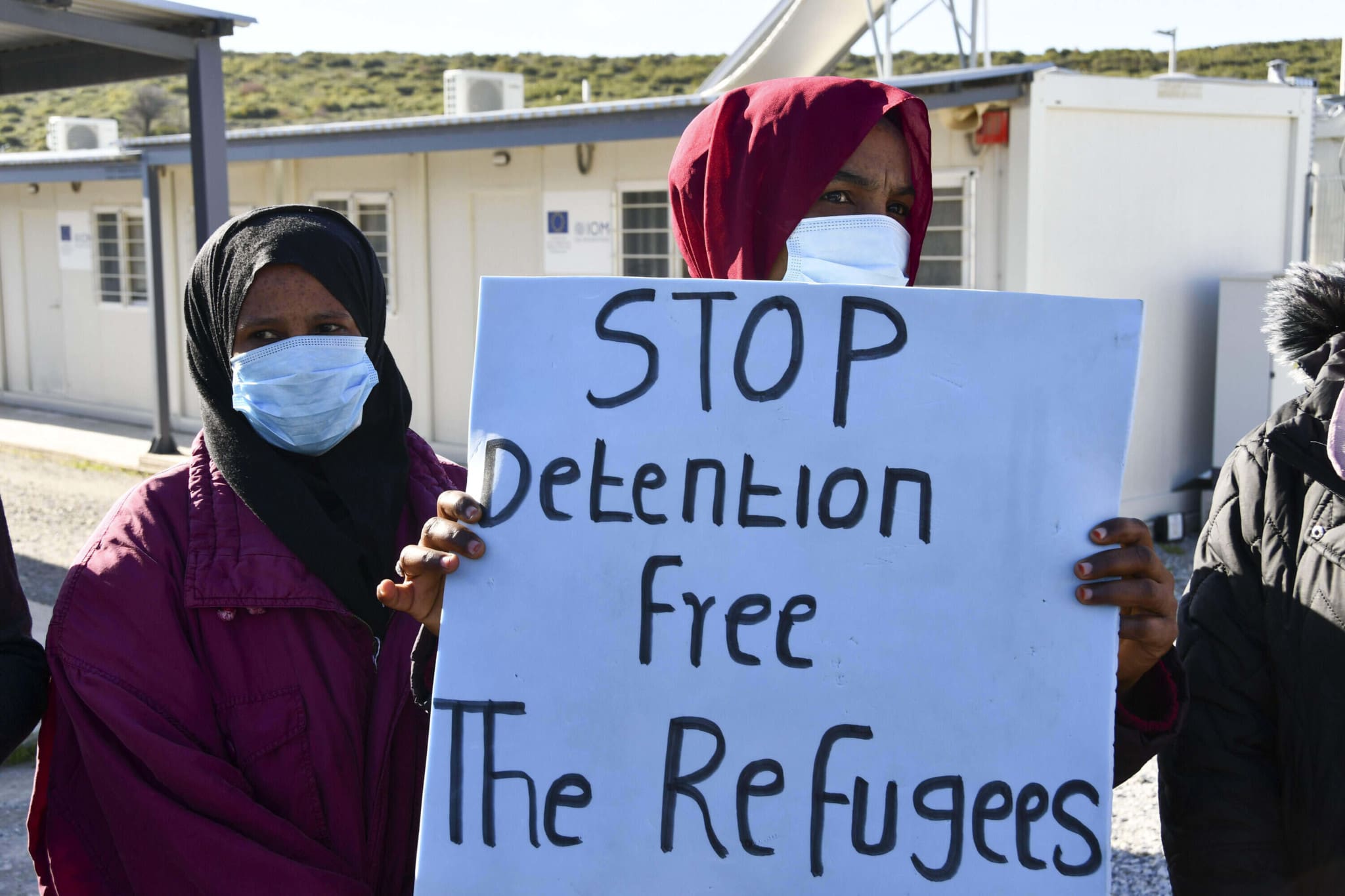Last November, the second-highest number of asylum applications in European countries since 2016 was reported by the European Union Agency for Asylum (EUAA), with the largest group of applicants from Afghanistan.
Member states of the European Union, together with Norway and Switzerland, recorded 71,400 asylum applications last November, the European Union Agency for Asylum (EUAA) stated in a report. It is the second-highest figure in one month since 2016, when the biggest refugee crisis occurred in Europe.
The November numbers are almost identical to those of last September. However, those were extraordinarily high as they included requests for evacuation from Kabul after the Taliban took power in Afghanistan.
An upward trend?
According to the report, these figures may indicate an upward trend in the number of asylum applications to Europe, which can be observed since May 2021. An exception was October 2021, when about 6,000 fewer applications were recorded compared to September and November.
The increase is due to the rising number of applications from several countries affected by war or other humanitarian crises. The largest group of applicants remains Afghan citizens, who filed around 13,000 asylum applications during November (the second-highest number in one month since September 2016). The second-largest group of applicants was Syrians, with 11,500 applications (the highest number since 2016).
At least parts of Syria have been labeled as safe to return to by some governments, but there are still powerful economic incentives for migrants in the Middle East and Africa to make their way to Europe.
However, the November increase also reflects the rising number of applications from other countries. Iraqis, the third most-numerous group of applicants, submitted 4,300 applications in November, the most since November 2017.
An increase in the number of applications was also recorded in November from citizens of Pakistan (2,800 applications), Venezuela (3,300), and Colombia (2,500). The increase in the number of asylum applications in European countries from citizens of these states has been observed more or less continuously since May 2021.
In the case of Turkey, whose citizens with 2,571 applications make up the sixth-largest group of applicants, there has been a jump over the last five years. The number of Turks’ applications for European asylum increased by as much as 506 percent between 2015 and 2021, reports the Ahval News website.
More ‘unaccompanied minor migrants’
In recent months, the EUAA has also seen an unusually high number of applications from unaccompanied minors. These minors submitted 3,300 asylum applications in October (most since 2015) and only a hundred fewer in November. Most of them came from Afghanistan, about 1,600 in October and 1,500 in November. Past research has shown that a large number of these migrants are actually adults posing as minors in order to obtain better conditions and avoid deportation.
On the other hand, there has been a decline in the number of European asylum applications from several countries in the last months of 2021. These include, for example, citizens of Morocco, Albania, and Northern Macedonia.
The recognition rate, which indicates the ratio of approved applications to their total number, was around 40 percent in November. According to the report, this was the highest figure in the last 19 months (except for September 2021). Almost three-quarters of the recognized applications were granted refugee status, while the rest were granted so-called subsidiary protection. This unusually high percentage was mainly caused by applications from Afghanistan, where refugee status was granted in nine out of ten cases.





